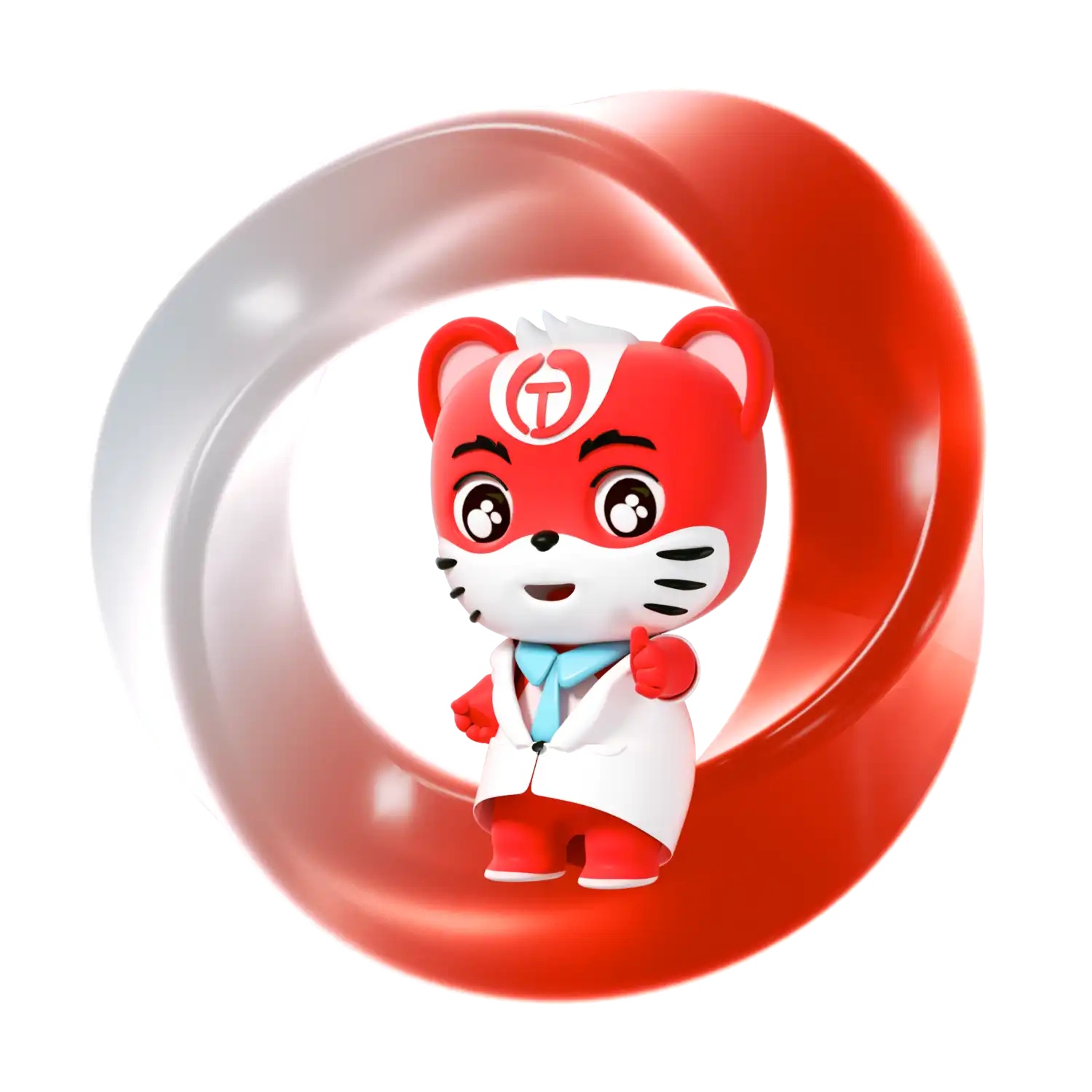购物车
- 全部删除
 您的购物车当前为空
您的购物车当前为空

GSK484 hydrochloride (GTPL8577) 是一种可逆的肽酰基精氨酸脱亚氨酶 4 (PAD4) 抑制剂。它高亲和力与 PAD4 结合,在存在 2 mM 钙和不存在钙的情况下,IC50分别为 250 和 50 nM。GSK484 可以在体内和体外促进结直肠癌(CRC)的放射敏感性并抑制 NET 的形成。


为众多的药物研发团队赋能,
让新药发现更简单!
GSK484 hydrochloride (GTPL8577) 是一种可逆的肽酰基精氨酸脱亚氨酶 4 (PAD4) 抑制剂。它高亲和力与 PAD4 结合,在存在 2 mM 钙和不存在钙的情况下,IC50分别为 250 和 50 nM。GSK484 可以在体内和体外促进结直肠癌(CRC)的放射敏感性并抑制 NET 的形成。
| 规格 | 价格 | 库存 | 数量 |
|---|---|---|---|
| 1 mg | ¥ 729 | 现货 | |
| 5 mg | ¥ 1,770 | 现货 | |
| 10 mg | ¥ 2,920 | 现货 | |
| 25 mg | ¥ 4,830 | 现货 | |
| 50 mg | ¥ 6,890 | 现货 | |
| 100 mg | ¥ 9,320 | 现货 | |
| 500 mg | ¥ 18,600 | 现货 | |
| 1 mL x 10 mM (in DMSO) | ¥ 1,760 | 现货 |
| 产品描述 | GSK484 hydrochloride (GTPL8577) is a reversible peptidyl-arginine deiminase 4 (PAD4) inhibitor. It binds to PAD4 with high affinity, with IC50 of 250 and 50 nM in the presence and absence of 2 mM calcium, respectively. GSK484 promotes the radiosensitivity of colorectal cancer (CRC) and inhibits NET formation in vitro and in vivo. |
| 靶点活性 | PAD4:50 nM (in 0 mM Calcium), PAD4:50 nM (in 2 mM Calcium) |
| 体外活性 | 方法:GSK484 hydrochloride (GTPL8577) (10μM)处理小鼠和人中性粒细胞,通过 Western blot 和新型成像测定证明了用钙离子载体或细菌刺激的中性粒细胞对瓜氨酸化的抑制,并进一步研究对小鼠和人中性粒细胞体外 NET 形成的影响。 结果:GSK484 hydrochloride 预处理可显著减少瓜氨酸生成和 NET 形成。[1] |
| 体内活性 | To address whether PAD4 inhibition can suppress cancer-associated kidney injury, MMTV-PyMT mice are treated with the PAD4 inhibitor GSK484 at 4 mg/kg daily for one week. This dose suppresses the elevated number of neutrophils undergoing NETosis in peripheral blood in mice with cancer. In parallel, the total protein level in urine from MMTV-PyMT mice is significantly reduced compared with untreated tumor-bearing mice. Administration of GSK484 at a dose of 4 mg/kg daily during one week reverts signs of kidney dysfunction in tumor-bearing mice to the same extent as DNase I treatment, without any detectable signs of toxicity [2]. |
| 激酶实验 | PAD4 is serially diluted in the presence of 10 nM GSK215 in assay buffer (100 mM HEPES, pH 8, 50 mM NaCl, 5% glycerol, 1 mM CHAPS, 1 mM DTT) at varying concentrations of calcium (0, 0.2, 2 and 10 mM). Following incubation for 50 min, apparent Kds for each calcium concentration are determined using a single site saturation curve. For IC50 determination, GSK484 is serially diluted in DMSO (1% final assay concentration) and tested at the same range of calcium concentrations in the presence of PAD4 (at the calculated Kd for each calcium condition) and 10 nM GSK215 in the same assay buffer and volume. Reactions are incubated for 50 min after which IC50 values are calculated using a four-parameter logistic equation [1]. |
| 细胞实验 | HEK293 cells stably expressing N-terminal FLAG-tagged PAD1, PAD2, PAD3 or PAD4 are engineered by retroviral transduction. Cells are grown in 15 cm diameter plates to subconfluency in DMEM supplemented with 10% Foetal Bovine Serum, harvested by centrifugation and washed once in PBS/2 mM EGTA. Cells are lysed in 50 mM Tris-Cl, pH 7.4, 1.5 mM MgCl2, 5% glycerol, 150 mM NaCl, 25 mM NaF, 1 mM Na3VO4, 0.4% NP40, 1 mM DTT with protease inhibitors. Lysates are pre-incubated for 20 min at 4°C with DMSO alone (2%), 100 μM of GSK199, GSK484, GSK106 or 200 μM Cl-amidine. Citrullination reactions are performed for 30 min at 37°C in the presence of 2 mM calcium. Extracts are loaded on to gels, proteins separated by SDS-PAGE and transferred to PVDF membranes. Citrullinated proteins are then chemically modified and detected using an anti-modified citrulline antibody. FLAG-PAD constructs are detected using the anti-FLAG antibody [1]. |
| 动物实验 | The study includes the MMTV-PyMT mouse model for mammary carcinoma (FVB/n background) and the RIP1-Tag2 mouse model for pancreatic neuroendocrine carcinoma (C57BL/6 background). Mice are treated daily by intra-peritoneal injections of the PAD4 inhibitor GSK484 (4 mg/kg). GSK484 is dissolved in 99.9% ethanol at a concentration of 25 mg/mL to generate a stock solution and further diluted 1:50 in 0.9% NaCl shortly before injection of 200 μL/mouse [2]. |
| 别名 | GTPL8577, GSK484盐酸盐, AOB6992 |
| 分子量 | 510.03 |
| 分子式 | C27H32ClN5O3 |
| CAS No. | 1652591-81-5 |
| Smiles | Cl.COc1cc(cc2nc(-c3cc4ccccc4n3CC3CC3)n(C)c12)C(=O)N1CC[C@@H](O)[C@@H](N)C1 |
| 密度 | no data available |
| 存储 | Powder: -20°C for 3 years | In solvent: -80°C for 1 year | Shipping with blue ice. | ||||||||||||||||||||||||||||||||||||||||
| 溶解度信息 | H2O: 100 mg/mL (196.07 mM), Sonication is recommended. PBS: <1 mg/mL (insoluble or slightly soluble) DMSO: 45 mg/mL (88.23 mM), Sonication is recommended. | ||||||||||||||||||||||||||||||||||||||||
溶液配制表 | |||||||||||||||||||||||||||||||||||||||||
| |||||||||||||||||||||||||||||||||||||||||
评论内容